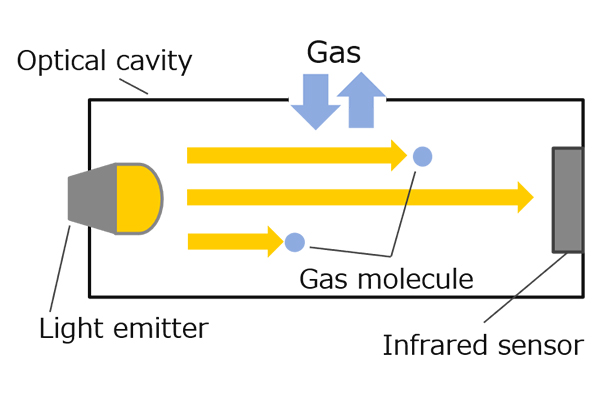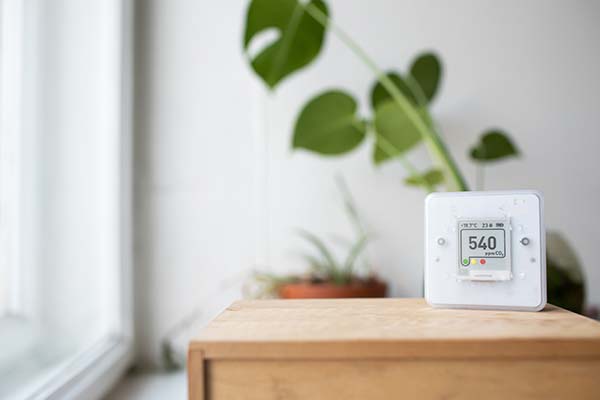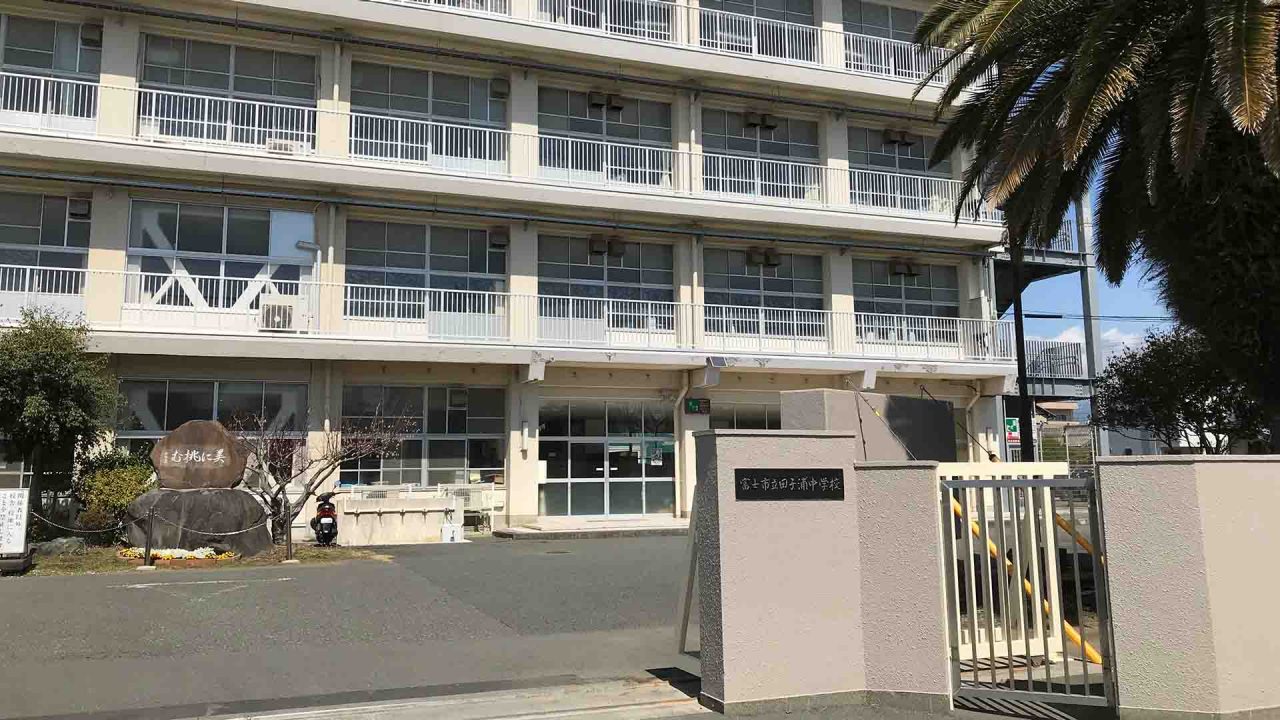Using CO2 Sensors to Create a Clear, Visual Image of the Growing Use of Ventilation
Many countries in Europe and other areas are promoting the introduction of CO2 sensors, which are needed to create a clear, visual image of ventilation to ensure children’s safety and security. In this section, we will highlight important aspects to consider when selecting CO2 sensors, with reference to case studies in countries that were quick to take action.
CO2 Sensors
Introduction of CO2 Sensors in Educational Settings Around the World
The World Health Organization (WHO) recommends that classrooms be ventilated for children. *1 In the early days of the virus, Belgium formed a task force to develop guidelines for ventilation and the selection of CO2 sensors to prevent the spread of COVID-19, *2 reaching the decision to install CO2 sensors in all schools by September 2020.
The United Kingdom decided to distribute 300,000 CO2 sensors, *3 while under California state law in the United States, CO2 sensors must be installed in every classroom. *4
In many other countries, efforts are being made to ensure adequate ventilation in schools, with the introduction of CO2 sensors a good indication of how ventilation can be visualized.

Using NDIR CO2 Sensors
A search for CO2 sensors and visits to websites will find significant variations in prices and models.
You may wonder why prices for the same CO2 sensor vary so widely, and what criteria should be applied to help you select the best option.
Therefore, we would like to share with you the most important point to consider when selecting a CO2 sensor: the NDIR system, which is recommended for its capability of measuring CO2 concentrations without returning false positives.
While several methods can be used to measure gases, NDIR sensors should be chosen to measure CO2. *5 In fact, NDIR sensors are recommended both by the Ministry of Health, Labor and Welfare *6 and in the CO2 sensor selection criteria *7 drawn up by a Belgian task force.
Please refer to this page for more information on a comparison of features between NDIR sensors and other types.
 Principle of NDIR method
Principle of NDIR method
Portable Sensors Recommended for Schools
Portable CO2 sensors are recommended for use in schools.
In addition to classrooms, there are a number of areas in schools that must be ventilated, such as staff rooms, administrative offices, hallways, elevators, and gym locker rooms.
There may not always be electrical outlets close to where you want to install the sensor, which is why we recommend the use of portable CO2 sensors.
In fact, portable CO2 sensors have been recommended for use in the United Kingdom, where a decision was reached to distribute some 300,000 CO2 sensors. This article *3 states that the use of portable CO2 sensors makes it possible to implement measures in various locations and for immediate action to be taken, when needed.
Other important points to note include the length of time the sensor can be operated because many batteries last only a few days, even for portable sensors.
For example, Senseair's ultra-low power Sunrise HVAC sensor is portable and can run for more than two years on a single AA battery.
In the next section, we will provide an overview of the details of the actual demonstration carried out at a junior high school in Japan.

[Source]
*1: https://www.who.int/publications/m/item/key-messages-and-actions-for-covid-19-prevention-and-control-in-schools
*2: https://www.brusselstimes.com/belgium/128745/schools-urged-to-keep-doors-and-windows-wide-open-to-cut-risk-of-covid-19-infection
*3: https://www.bbc.com/news/education-58285359
*4: https://www.energy.ca.gov/programs-and-topics/programs/california-schools-healthy-air-plumbing-and-efficiency-program
*5: https://www.akm.com/jp/ja/products/co2-sensor/tutorial/types-mechanism
*6: https://www.mhlw.go.jp/content/000698868.pdf
*7: https://werk.belgie.be/sites/default/files/content/documents/Coronavirus/CO2meters.pdf
About Senseair
Senseair, which became a member of the Asahi Kasei Microdevices (AKM) Group in 2018, is a provider of gas sensors using NDIR: Non-Dispersive InfraRed technology. Our goal is to constantly develop and mass-produce new gas sensor technologies.










